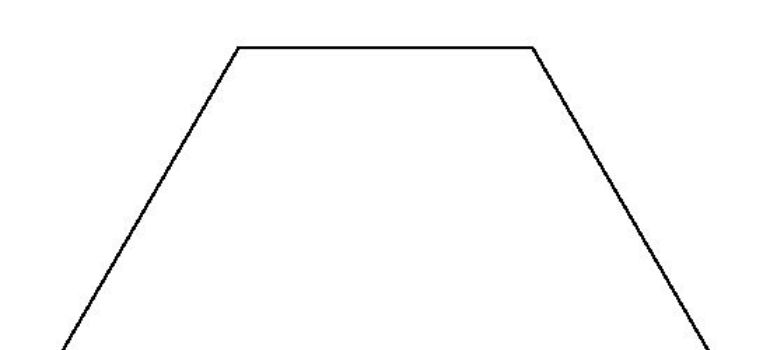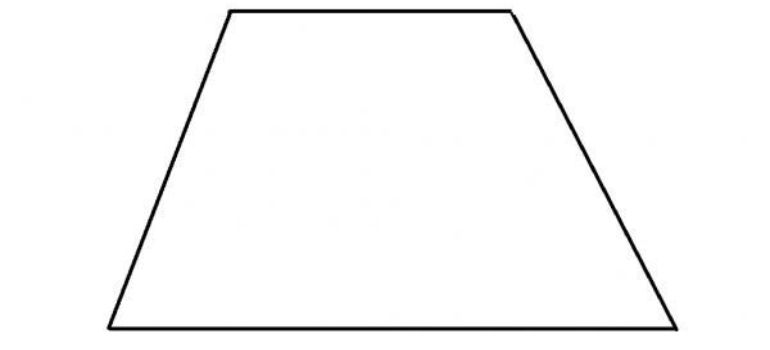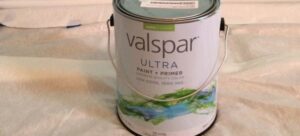In today’s world of DIY projects and creative endeavors, having the ability to create templates of odd shapes can be incredibly useful. Whether you’re a crafter, designer, or simply someone looking to tackle a unique project, understanding how to make a template of an odd shape is a valuable skill to have. In this comprehensive guide, we will walk you through the process step by step, ensuring that you can create templates that match your specific needs. So, let’s dive in and explore the world of odd shape templates.
Understanding the Importance of Templates
Before we delve into the specifics of creating templates for odd shapes, it’s essential to understand why templates are so crucial. Templates serve as guides that help you replicate a particular shape or design accurately. They save you time and effort, ensuring that your project’s outcome is consistent and precise. Whether you’re working on crafting, woodworking, or any other creative project, templates are the key to achieving perfection.
Gather Your Materials
The first step in making a template for an odd shape is to collect all the necessary materials. Depending on the complexity of the shape, you may need the following items:
- Cardboard or Poster Board: You will require cardboard or poster board as the base material for your template. It should be sturdy enough to maintain its shape.
- Pencil and Eraser: A pencil and an eraser are essential for sketching and refining your shape. These will help you make precise markings.
- Ruler and Protractor: A ruler and protractor will assist you in measuring and creating accurate angles and lines for your template.
- Scissors or Craft Knife: You’ll need scissors or a craft knife for cutting out your template shape from the cardboard or poster board. Make sure they are sharp for precise cuts.
- Compass or Circular Objects: If your odd shape includes circular elements, a compass or circular objects of the desired size can be handy for drawing perfect circles.
Sketching Your Odd Shape
Start with a Rough Sketch
The initial step in creating a template for an odd shape is to begin with a rough sketch. Follow these guidelines:
- Get Your Materials Ready: Ensure you have your cardboard or poster board, pencil, and eraser at hand.
- Place the Material: Lay the cardboard or poster board on a flat, stable surface.
- Lightly Sketch the Outline: Using your pencil, gently sketch the basic outline of the odd shape you want to create a template for. Don’t press too hard with the pencil, as you’ll need to make adjustments in the next steps.
- Focus on Proportions: Pay attention to the proportions and dimensions of the shape. Try to capture its general form as accurately as possible, even if it’s just a rough representation.
- Don’t Worry About Perfection: Remember, this is just the initial sketch. It doesn’t need to be perfect at this stage. The goal is to get a basic shape onto the cardboard or poster board as a starting point.
Refine Your Sketch
Once you have your rough outline in place, the next crucial step is to refine your sketch. Follow these steps to improve the accuracy of your odd shape template:
- Gather Your Tools: Ensure you have your pencil, eraser, ruler, and protractor ready for this stage.
- Erase and Correct: Begin by erasing any unnecessary or inaccurate lines from your rough sketch. Use the eraser to clean up the drawing.
- Use the Ruler: With the help of a ruler, start measuring the angles and distances within your odd shape. Use the ruler to draw straight lines and ensure that angles are correct.
- Use the Protractor: If your shape involves specific angles, use the protractor to measure and recreate those angles accurately. This is especially important for odd shapes with precise angles.
- Refine the Curves: If your odd shape has curves or intricate details, take your time to refine them. Use the pencil to draw smooth and precise curves, ensuring they match your desired shape.
- Check for Symmetry: If symmetry is essential to your odd shape, double-check that both sides of the template match. This step is crucial for symmetrical shapes.
- Make Adjustments: Throughout the process, make any necessary adjustments to ensure the shape closely matches your vision.
Cutting Out the Template

Carefully Cut Along the Lines
After you have successfully refined your sketch and are satisfied with the accuracy of your odd shape template, the next step is to carefully cut along the lines. Follow these steps to ensure a precise cut:
- Gather Your Cutting Tools: For this step, you’ll need either a pair of scissors or a craft knife, depending on your preference and the complexity of your shape.
- Secure the Material: Place the cardboard or poster board on a stable surface. Make sure it doesn’t move while you’re cutting.
- Begin Cutting: Start cutting along the lines of your refined sketch. If you’re using scissors, follow the curves and angles as closely as possible. If you’re using a craft knife, use a ruler as a guide to ensure straight lines.
- Take Your Time: Patience is crucial during this step. Focus on maintaining the shape and precision of your template as you cut.
- Use Small, Controlled Movements: Avoid rushing through the cutting process. Make small, controlled movements with your cutting tool to ensure accuracy.
- Double-Check Edges: Once you’ve cut out the entire shape, carefully examine the edges to ensure they are smooth and free from any jagged or uneven areas.
- Save the Remaining Material: Keep any leftover cardboard or poster board, as it may come in handy for future projects or as a backup for your template.
Test Your Template
Place Your Template on the Surface
After you’ve carefully cut out your odd shape template, the next important step is to place it on the surface where you intend to use it. Follow these instructions for a successful placement:
- Select Your Work Surface: Choose the surface or material where you plan to use your odd shape template. This could be wood, fabric, paper, or any other medium depending on your project.
- Position the Template: Gently place your template on the chosen surface. Ensure that it aligns with your project’s requirements, such as the position and orientation of the shape.
- Secure the Template: Use tape, adhesive putty, or any other suitable method to secure the template in place. This will prevent it from shifting or moving during your project.
- Double-Check Alignment: Take a moment to double-check the alignment of the template. Make sure it’s in the exact position you want for your project.
- Trace or Mark the Template: Once the template is securely in place, you can begin tracing or marking the shape onto your work surface. You can use a pencil, chalk, or another marking tool depending on the material.
- Remove the Template: Carefully lift the template away from the surface once you’ve traced the shape. Be gentle to avoid smudging or altering your marks.
Conclusion
Creating a template for an odd shape may seem challenging at first, but with the right materials and a bit of patience, you can master this skill. Templates are invaluable tools that can make your creative projects more manageable and ensure consistent results. So, the next time you find yourself facing an odd shape challenge, remember these steps, and you’ll be well-prepared to tackle it.
Frequently Asked Questions (FAQs)
While cardboard or poster board is commonly used, you can use other materials like plastic or even wood, depending on your project’s requirements.
If your shape is complex, consider using a stencil or tracing method to capture all the details accurately.
Yes, there are various online tools and software applications available that can assist in creating templates for odd shapes.
Yes, templates are reusable, making them a cost-effective and efficient solution for your creative endeavors.
You can often find pre-made templates for odd shapes in craft stores or online marketplaces, saving you time and effort.



